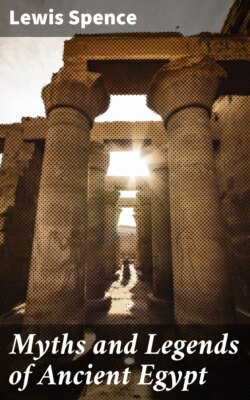Читать книгу Myths and Legends of Ancient Egypt - Lewis Spence - Страница 25
На сайте Литреса книга снята с продажи.
Egyptian Exploration
ОглавлениеEgypt, with its mighty ruins wrapped in silence and mystery, long ago attracted the curiosity of the traveller, for the traditions of a high civilization, of its religion, government, and culture, lingered in the memory of man; and there, from temple, pyramid, palace, and city, he has sought and gained actual and manifold proofs of the existence of that ancient kingdom. And not only has its own history thus been unveiled to the modern world, but intertwined therewith has been traced that of other nations and powers, among them Persia, Greece, and Rome.
The earliest instance in this country of the collecting of Egyptian antiques is in 1683, when a valuable stele belonging to the Old Kingdom was brought from Saqqara and presented to the Ashmolean Museum at Oxford, while in the eighteenth century some attempt was made at planning and describing Egyptian ruins, and the identification of some of the sites with cities mentioned in classical writings. In 1798 a scientific commission, including artists and archæologists, accompanied Napoleon's military expedition into Egypt, and much valuable work was accomplished by these savants, the record of which fills several volumes of the Description de l'Egypte, while the large collection of antiquities gathered by them, including the famous Rosetta Stone, which proved the key to the mystery of the Egyptian hieroglyphic writing, came into British possession in the year 1801. Then, under Mehemet Ali, Egypt was opened to Europeans, and from this time onward great numbers of antiquities were taken from the country and found their way into European collections and museums, especially the British Museum, the Louvre, and those at Leyden, Berlin, and Turin. The largest collection of Egyptian objects is that at Cairo.
Temple of Horus at Edfû.
